The purpose of a structured writing stage to the bid is to ensure that resources are correctly utilised, rework is minimised and that the response scores maximum evaluation points. The Bid Team has produced a guide to help companies through the writing stage.

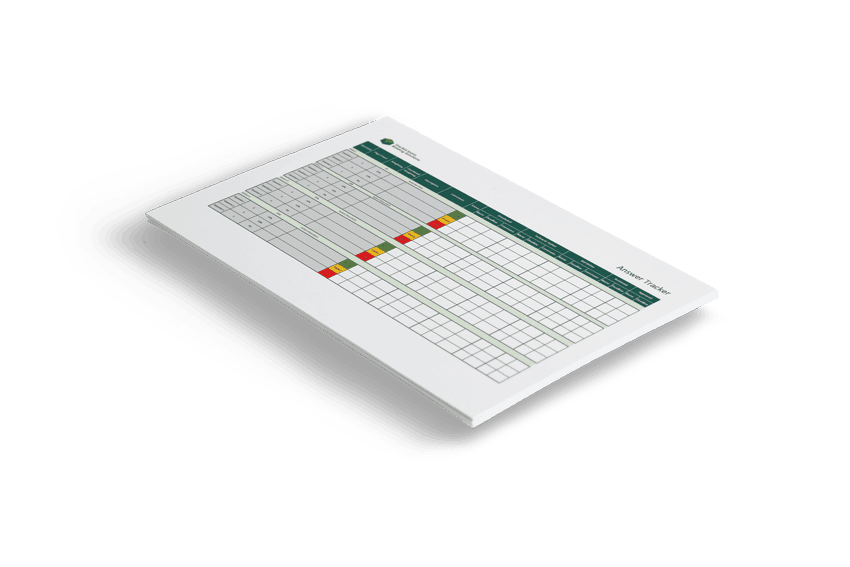
The tracker is a means of managing the bid writing stage and provides a quick overview of the bid status. Each answer goes through a series of writing, editing, reviewing and sign off. The Bid Team has a proforma answer tracker that provides a template for companies to use.
The tracker is a means of managing the bid writing stage and provides a quick overview of the bid status. Each answer goes through a series of writing, editing, reviewing and sign off. The Bid Team has a proforma answer tracker that provides a template for companies to use.

Technical writing needs to sell the benefits of the solution and address the evaluation criteria. The storyboard structures must also be adhered to, as this is a reflection of the tender questions and the way the answer will be evaluated. The Bid Team has produced guidance on technical writing.
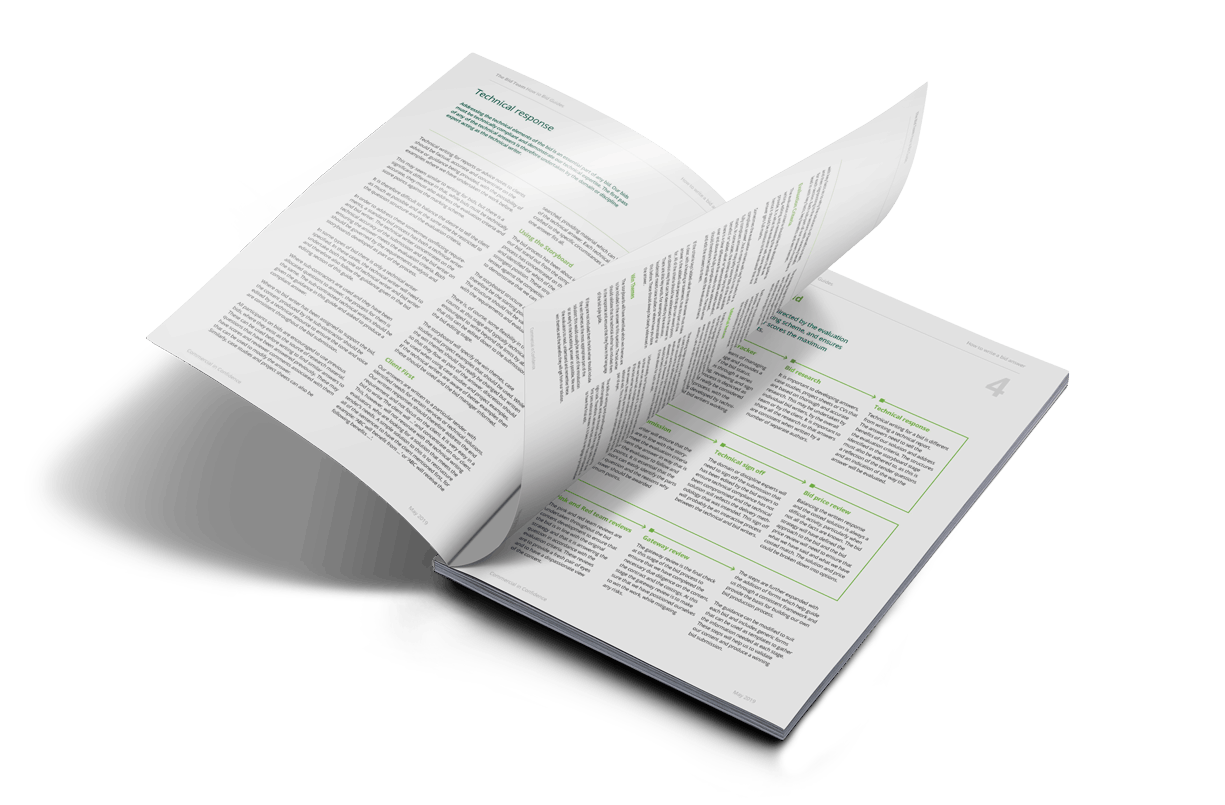
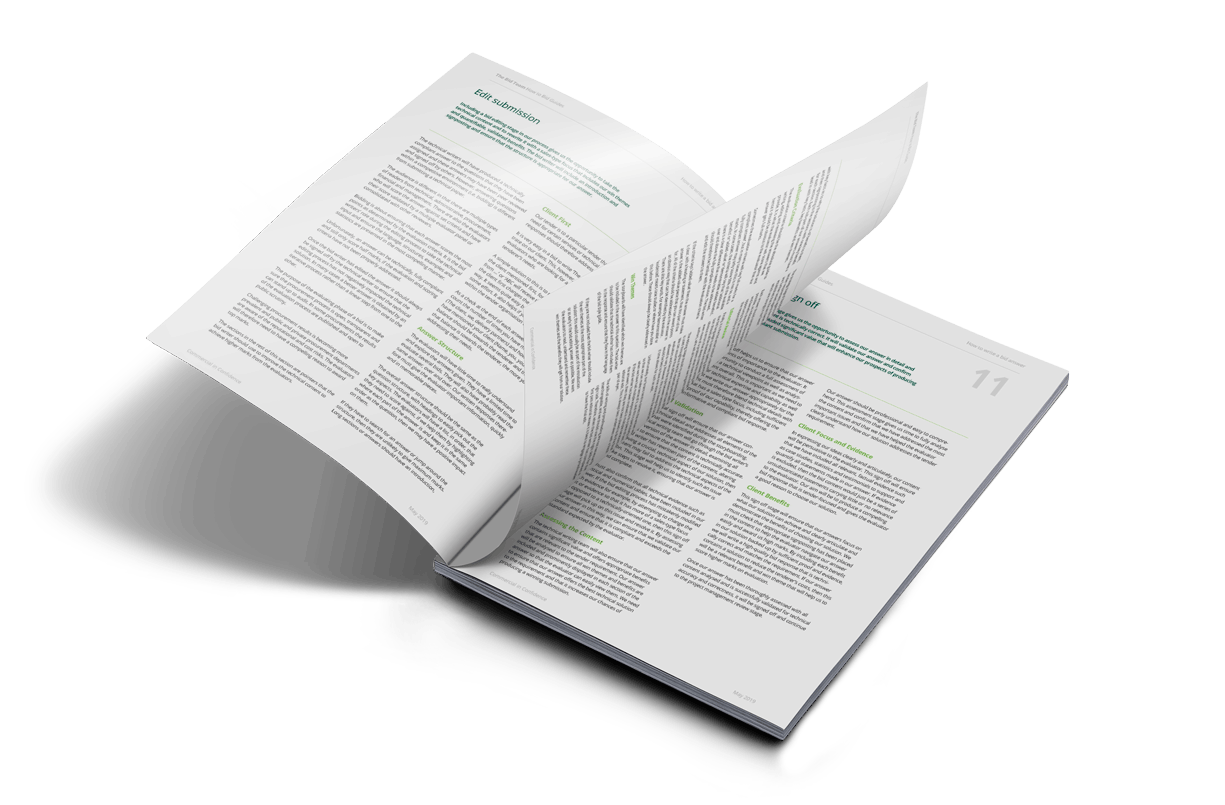
Bid writing or editing must ensure that the answers are in line with the storyboards, meet the evaluation criteria and present the answer in a way that is easy for the elevator to award points. The Bid Team has produced guidance on bid writing and editing.
Bid writing or editing must ensure that the answers are in line with the storyboards, meet the evaluation criteria and present the answer in a way that is easy for the elevator to award points. The Bid Team has produced guidance on bid writing and editing.

The pink team is a mid-bid review that can be held as many times as needed. The direction of the bid is either moved forward or the direction is altered as a result of the outcome of this review. The Bid Team has produced a proforma to facilitate this review. The pink team reviews are part of a series of reviews that need to be undertaken as the bid progresses.
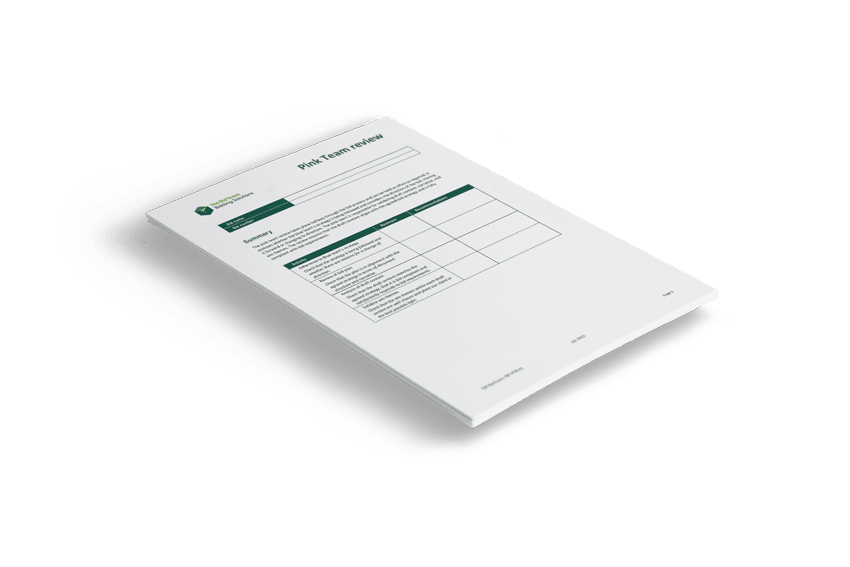
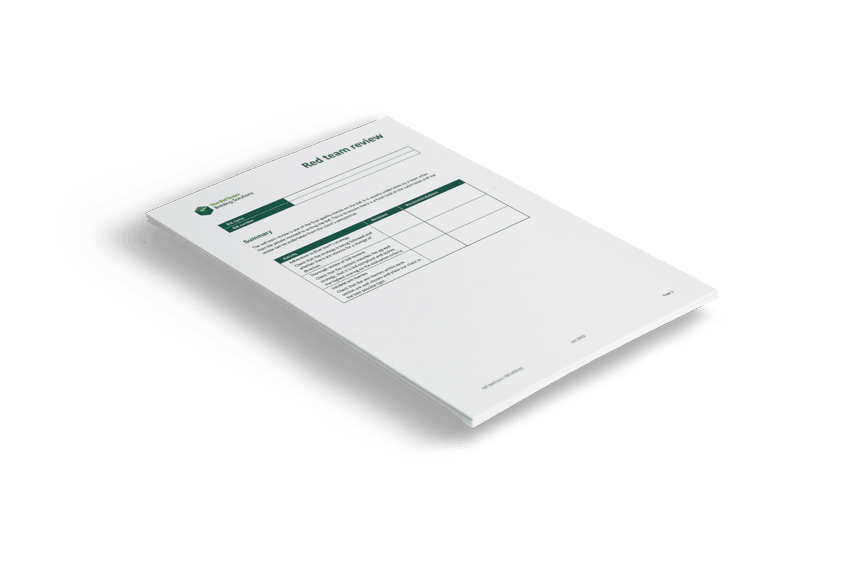
The red review is a ‘red marker’ quality review to assess the compliance of responses and a scoring against the evaluation criteria. The size and scale of this review is dependent upon the size and nature of the bid in question. The Bid Team has produced a proforma to facilitate this review. The red team review is part of a series of reviews that need to be undertaken as the bid progresses.
The red review is a ‘red marker’ quality review to assess the compliance of responses and a scoring against the evaluation criteria. The size and scale of this review is dependent upon the size and nature of the bid in question. The Bid Team has produced a proforma to facilitate this review. The red team review is part of a series of reviews that need to be undertaken as the bid progresses.

At each stage of the bid process there should be a reassessment of the likelihood of winning the bid. As the bid develops, more information becomes available and the likelihood of winning will change. The Bid Team has developed a series of gateway reviews that sign off the continued investment in the bid. After passing this gateway the process moves to the produce stage of the bid.
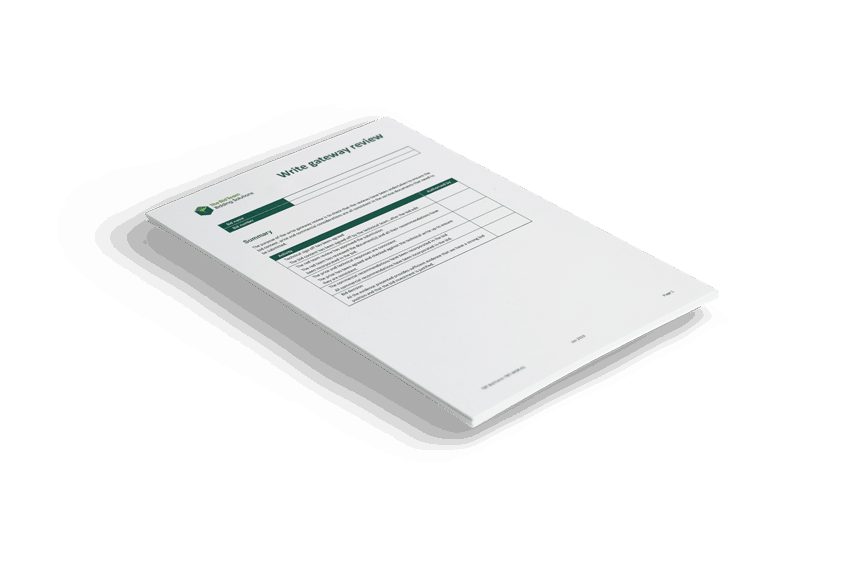
Winning a bid is about writing responses that score the most evaluation points. The style and structure of the responses should therefore be governed by the evaluation criteria and the guidance produced in the storyboard stage of the bid. In the writing stage of a bid there is a lot to do and usually several types of input. We need to make sure the bid is technically correct, written to the evaluation criteria, articulates the win themes and matches the price proposal. For each stage there are internal reviewers and external reviews; all are necessary for the bid to focus on the purchasing organisation’s requirements. The bid manager should therefore use a bid tracker to ensure they know at what point in the cycle each answer is and where the overall bid is.
Technical writing for bids has a different focus than writing external reports or as part of a project deliverable. The technical writing should sell the benefits, address the evaluation criteria and be structured in the same way as the answer. The technical writer needs to be aware of the storyboard constraints and guidance and write their answers using the storyboard as guidance.
The bid writer will edit the technical responses and align them with the evaluation criteria. The alignment should be in terms of structure and the criteria that achieve maximum scores. The evaluation criteria should guide the document when writing and editing responses. While it may be preferable to have one bid writer to ensure there is a consistent approach to the tone and voice of the bid, timescales and volume of work make this difficult. Experienced bid writers can work as a team as long as they have an agreed bid style guide to ensure the bid style and tone of voice is maintained. Writer peer reviews should always be encouraged and also help maintain consistency across the various bid sections and volumes.
Here are some guidelines on what to consider when writing bid responses:
- Use the Storyboard The bid process has been about identifying what makes our bid stand out from the competition. Each stage of the process has concentrated on the technical requirements and identified for which of the requirements we have the strongest position. These strong requirements were then tested against the competition and our position qualified to demonstrate that we can win the bid. The storyboard structure and allocated themes should therefore be the starting point for the technical writers. The structure should not be varied as this will be in line with the requirements and evaluation criteria. There is, of course, some flexibility in the word or page counts at this stage and typically technical writers are encouraged to write beyond the limits by about 50%, so that this can be edited down to the submission limits at the bid editing stage. The storyboard will specify the win themes, case studies and project examples that should be used. While the win themes should not really be changed but written so that they flow as part of the answer, discretion should be used when using case studies and project examples.
- Answer Structure. The evaluators will have little time to really understand and explore the answers given. They have a limited time to evaluate several bids. They will also have probably read the same answer, over and over. Our written responses therefore must give the evaluator important information, quickly and in memorable pieces. The overall answer structure should be the same as the question structure, with headings to easily pick out the key aspects. The evaluators will have a list, in order, that they need to score against, if we help them by highlighting where each part of the answer is and keep it in the same order as the question, then we may have a positive impact on them. If the evaluators have to search for an answer or jump around the structure, then they are unlikely to give maximum marks. Long sections or answers should have an introduction, with key facts as to why the solution is of benefit to them, and then signposting to the sections with one key benefit for each section. Each sub-part of our answers must have a lead in with key facts, key benefits and win themes.
- Evaluation Criteria. The evaluation criteria should be the absolute guide to writing, editing and reviewing the answers that we provide. It is what the evaluator will score against and hence it should be obvious to the evaluator that our answer gets full marks. Sometimes the evaluation criteria will say ‘full marks for a compliant answer’, but in many cases this is not so, and a fully compliant answer may only score 50% of the available marks. In some cases, the criteria will say that ‘additional benefits’ or ‘added value’ or ‘demonstrable added benefits’, there is a clear difference that needs to be addressed, over and above the fully compliant solution. The bid writer should therefore be familiar with the evaluation criteria and edit the answers to them. If the criteria say ‘added value’ then the answer must make it clear, with a heading or statement, that this part of the answer is the added value piece that you can award points for. All of the criteria should be addressed in the answer in an obvious way that can be identified by the evaluator. There are also key words. For example, ‘demonstrable’ or ‘evidenced’ means case studies or where have you done this before. These should always be clearly addressed in the answer.
- Client First. Our answers are written to a particular tender, with identified needs for certain services or technical solutions. Our written responses should therefore address the end requirement and not focus on our company or our company’s capabilities. It is very easy in a bid to write ‘The company will …’ and concentrate on our company. This, however, will not resonate with the evaluators, who are looking for a solution that meets the purchasing organisation’s needs. A simple solution to this is to restructure all of the sentences to have the purchasing organisation mentioned first, for example: ‘ABC will benefit from …’ or ‘ABC will receive the following benefits …’. Putting the purchasing organisation first changes the emphasis of the bid in a subtle way. It seems relatively easy to do, but to make it consistent requires some effort. It also helps if you address roles or people within the tender organisation and personalise the answers. As a check at the end of each answer and section you can count the number of times you have mentioned yourselves (client name, we, delivery partners) against how many times you have mentioned the purchasing organisation (Name, you, your…). The balance should be towards the purchasing organisation and the more that balance leans towards the them, the more you are addressing their requirements.
- People, Process and Technology. There is a tendency in bid submissions to talk about our company as if it were capable of emotion or action, for example ‘The company is delighted to …’ or ‘The company will deliver the solution on Monday’. ‘The company’ is a singular reference of an organisation that cannot feel or act. Writing about it in this manner is therefore an odd form of English. It is better that we talk about the people (position or name) who will be doing the work, what processes they will be using, and the technology that we will be using to aid the people and processes. The order is important and makes our bid responses more personable. It is important to remember that we are explaining complex solutions to somebody that has little time to really digest the subtleties of our technical solution. For a bid submission, we need to constantly summarise the approach and demonstrate compliance. When the work is won, we can then concentrate on detailed delivery plans and technical solutions.
- Benefits not Features. When we propose a solution, there is a natural desire to point out the features of what we are proposing to deliver, rather than detail the client benefits. While this is similar to the tender-first advice, you can still have a written answer that puts the tenderer first and list only features. Any statement that has lists of what we will do or outputs from a particular project phase must be addressed and each bullet challenged to ask, ‘so what?’ or ‘what does the client get from that?’. All features lists should be addressed, and the bid writer should refer back to the technical author with questions in order to detail benefits. In many cases the benefits could be demonstrated by reference to case studies or projects that achieved cost savings, delivery timescales or project outputs as a direct result of our involvement. Lists of features may be considered outputs, but they do not pass the ‘who does what, when, where and why’ test. By addressing the why, in other words, the answer becomes more compelling, especially if the evaluation criteria are asking for more than just compliance.
Contact Us Now
To enquire about any of our services please fill out the contact form below and we will be in touch.